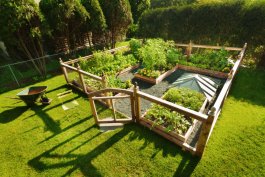
Not everyone needs to enclose a vegetable garden, and that’s super great for them, but if you’re in a wooded area and sometimes see Bambi and bunnies frolicking in your yard, it’s probably likely that an enclosed vegetable garden is something you’ll need to invest in at some point.
Sure, there are other deterrents. I’ve used the flashy streamers and the hooting owls and everything in between in my garden and it seems to work, but I’m also not deep in the woods like I used to be in my last house when that 100% would have not worked at all.
If you really want to keep bunnies from chomping on your lettuce, and deer from eating absolutely everything, consider the ways below, that can provide you an enclosure.
Why should I consider enclosed vegetable garden ideas?
For one thing, enclosed vegetable gardens provide boundaries. Depending on the material and its placement, these boundaries can help keep pests and wildlife from nibbling at your veggies. Enclosed vegetable garden ideas also offer protection from pets and small children who don’t always know the meaning of “gentle” and “stop pulling up the seedlings, I just planted those!” Another reason to go the enclosed route is to add protection from the elements. Some types of enclosures will provide shade and wind protection for delicate plants as well as provide warmth and insulation during colder seasons. An enclosed vegetable garden can take on different shapes and styles. Here are ten enclosed vegetable garden ideas that will fit every design need (and price point).
1. A stand-alone garden oasis
If you have a bit of a budget and are starting from scratch, fully enclosed vegetable garden ideas like this one are ideal. Custom design your fenced-in surround and build raised garden beds in whatever configuration you like. Be sure to pick the best type of wood for your garden beds! This is an ideal choice for someone who is in it for the long haul and plans to commit to vegetable gardening year after year.
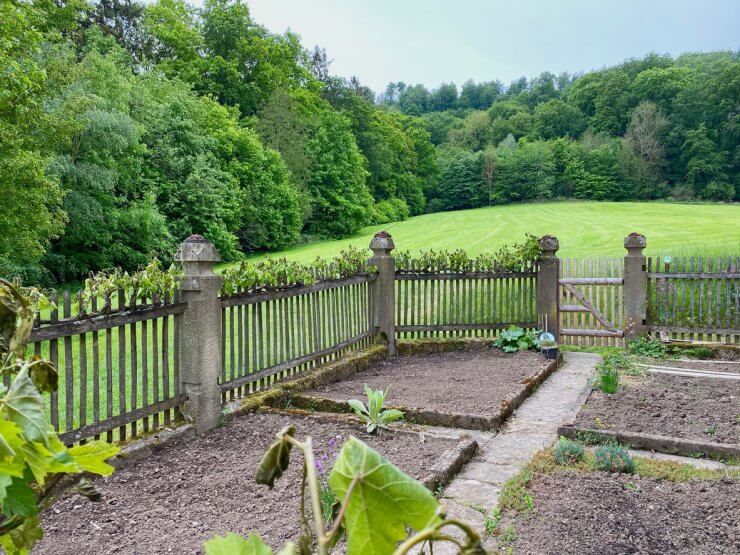
2. Turn an existing fenced-in area into a cottage-style garden
Cottage-core is not just the latest fashion aesthetic, it’s also a lovely gardening style. If you happen to have an existing fenced-in area, consider turning the whole space into a cottage-style garden. The great news here is that you don’t have to buy much in the way of building materials since your perimeter is already laid out. As long as your soil is healthy and safe, you can forgo the raised beds and simply delineate garden beds using old stones or bricks.
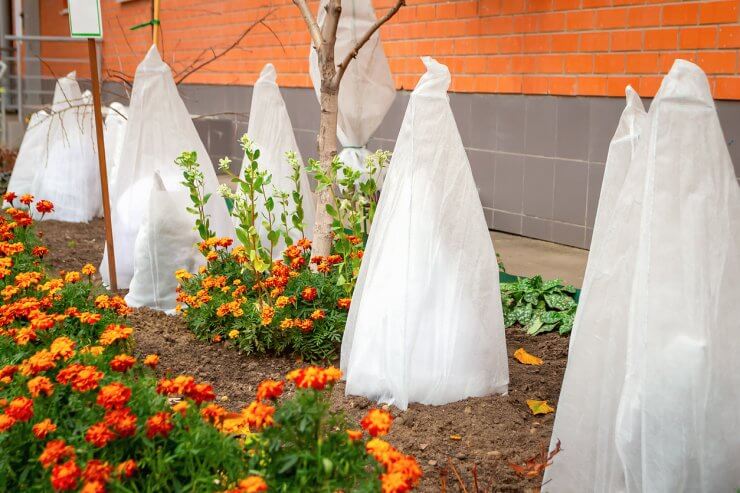
3. Enclose a little or enclose a lot
This choose-your-own-adventure model of enclosed vegetable garden ideas is great for gardeners who mix things up year after year. You can create mini enclosures around specific crops depending on their needs. And there’s no need to worry about having to build any permanent fixtures. This is easy on the wallet and a great option for anyone who rents their home or garden area.
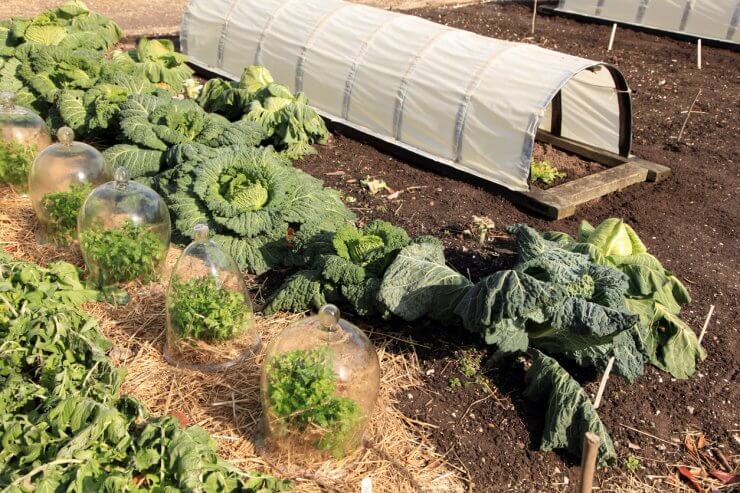
4. Glass dome enclosures (garden cloche)
Imagine a glass igloo protecting your delicate seedlings and young crops. That’s what you’ll get by using these garden cloches. You can find them in glass, plastic, or mesh, and each style provides different benefits. The best part is that they are totally modular and can move around your garden with ease. Some styles, like these plastic garden cloches, include a vent at the top to let oxygen in and out while still protecting crops from pests and harsh wind.
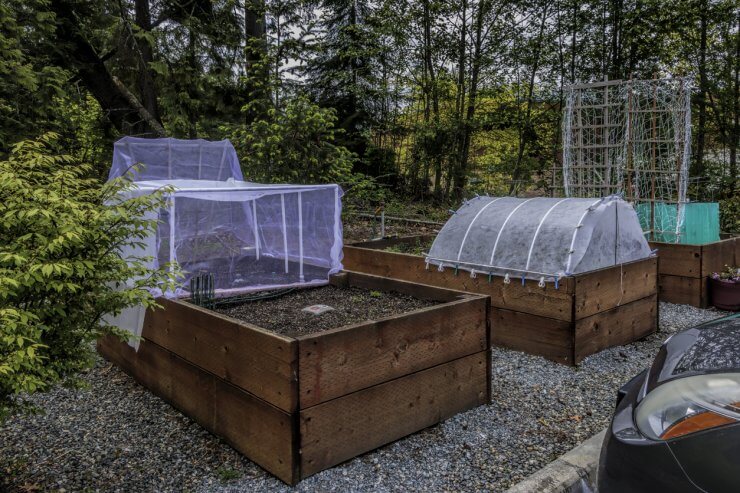
5. Raised bed with protectors
Raised beds are ideal for yards that might not have the best quality soil. An added benefit of a raised garden is ease for gardeners with mobility issues since they don’t have to bend down as much. Adding a raised bed protector encloses these spaces and shields your raised bed from the elements, especially during extreme weather. With a basic wireframe or hoop structure, you can add these row covers to your raised beds at a modest cost. Best of all, they’re reusable!
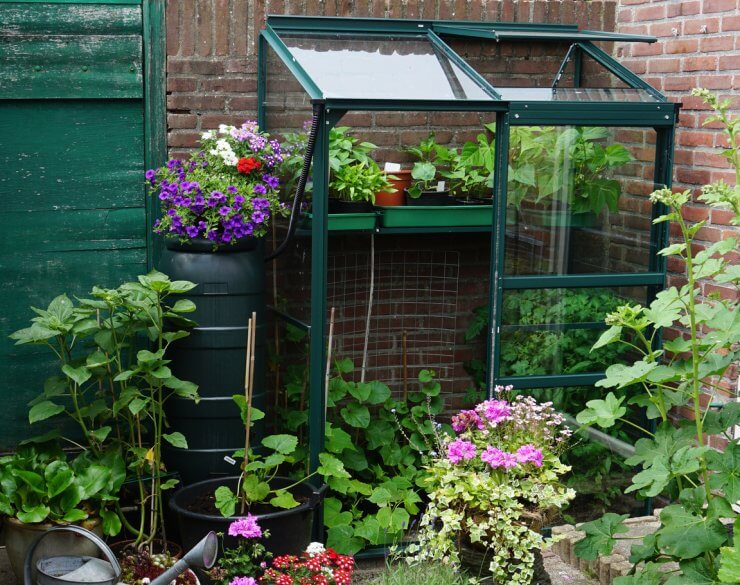
6. Small greenhouse with maximized space
If your outdoor space is on the smaller side, consider a small greenhouse that takes advantage of vertical space. You can create a multi-level enclosed vegetable garden all within a small footprint. Many garden stores sell kits and there are a number of options online at various price points. Look for a design that will work for the types of plants that grow best in greenhouses. Bonus points if there’s additional storage space that can double as a make-shift potting shed.
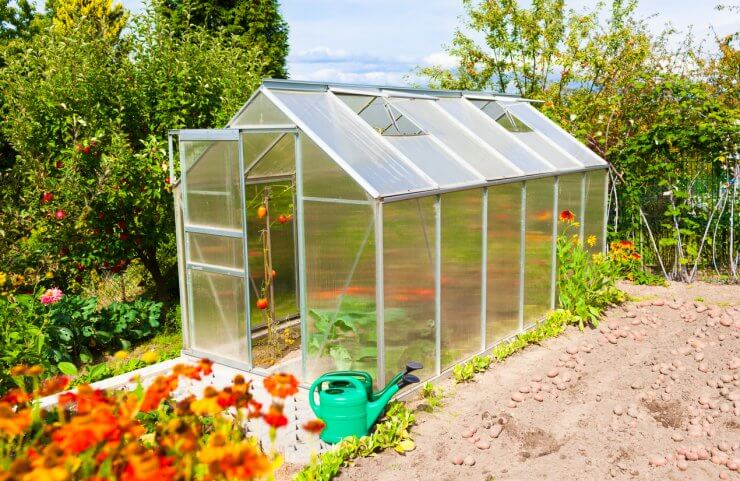
7. The “go big or go home” greenhouse
I don’t recommend a big greenhouse as a starter model, but if you’ve been growing for years and know exactly what crops you want to grow, a large-scale greenhouse may be one of the most exciting enclosed vegetable garden ideas out there. Even temporary-style greenhouses (made from plastic) are bulky enough that you won’t want to keep moving it around, so pick your location carefully.
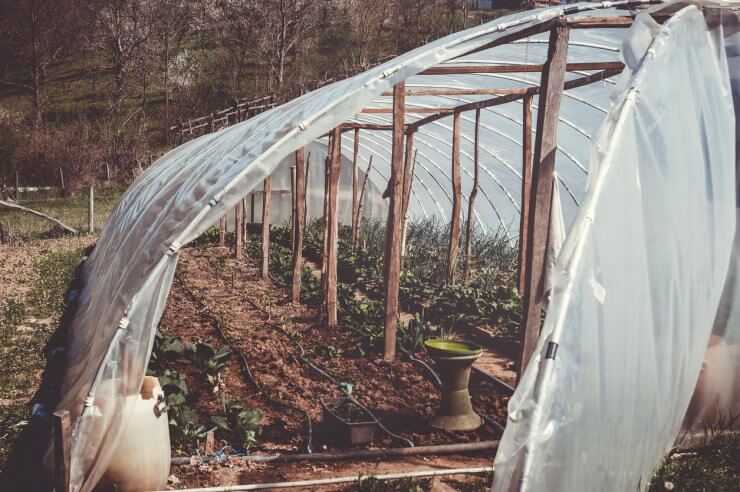
8. Recycled Materials Tunnel Tent
I love using recycled materials to build garden structures. Have some scrap wood and flexible branches lying around? Build your own tunnel tent greenhouse and enclose it with a heavy-duty greenhouse covering. It may take a little skill to build out the framework. But if you don’t have to purchase lumber and other materials, it can be a real money saver. Plus, I love the rustic look that feels like an homage to our gardening ancestors!
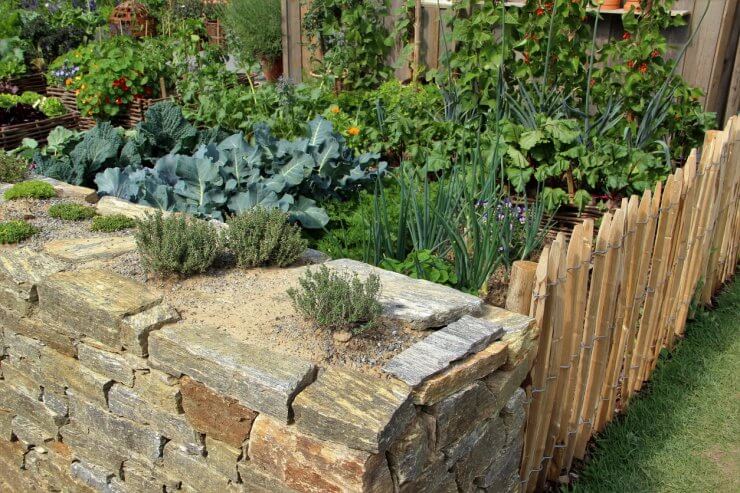
9. Take advantage of existing structures
Do you already have a stone wall on one side of your yard? Take advantage of it by adding a bit of picket fencing to the other side and creating an open-air garden enclosure. This design is ideal for keeping pets and other four-legged wildlife out of your garden. Be sure to think about access points and how you will navigate the enclosure before making anything permanent. This design is easy on your wallet since part of the perimeter is already built.
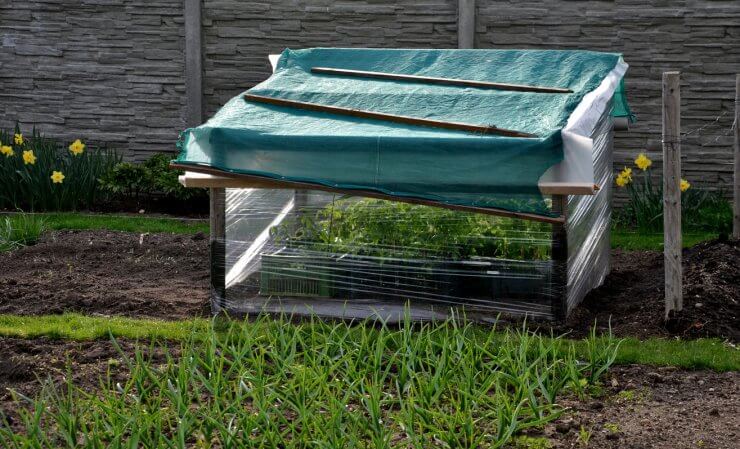
10. Let us not neglect the almighty power of shrink wrap
Okay, this idea is genius and is perfect for those last-minute-Sallys (ahem, me). Maybe temperatures are dipping lower than you anticipated and you’re worried about some new seedlings. Grab a few stakes or wooden posts and create a square around your plants. Then reach for the marvelous shrink wrap roll and go to town, wrapping your plants on all sides. For added protection, throw a tarp over the top and call it a day. Look, this option isn’t the prettiest, but it gets the job done and doesn’t cost much at all.
Practical reminders
When coming up with enclosed garden ideas, it’s important to consider practical logistics.
- Access to water will be essential so think about where your nearest water source is in relation to your enclosed garden.
- Consider sun exposure and choose a location that best aligns with the types of crops you plan to grow.
- Consider the different people who may be using the space and what their mobility needs might be. You may want to incorporate some taller raised beds if you share your garden with someone who can’t stoop down.
Do you have any enclosed vegetable garden ideas to share? Tell me in the comments!


 Previous
Previous
